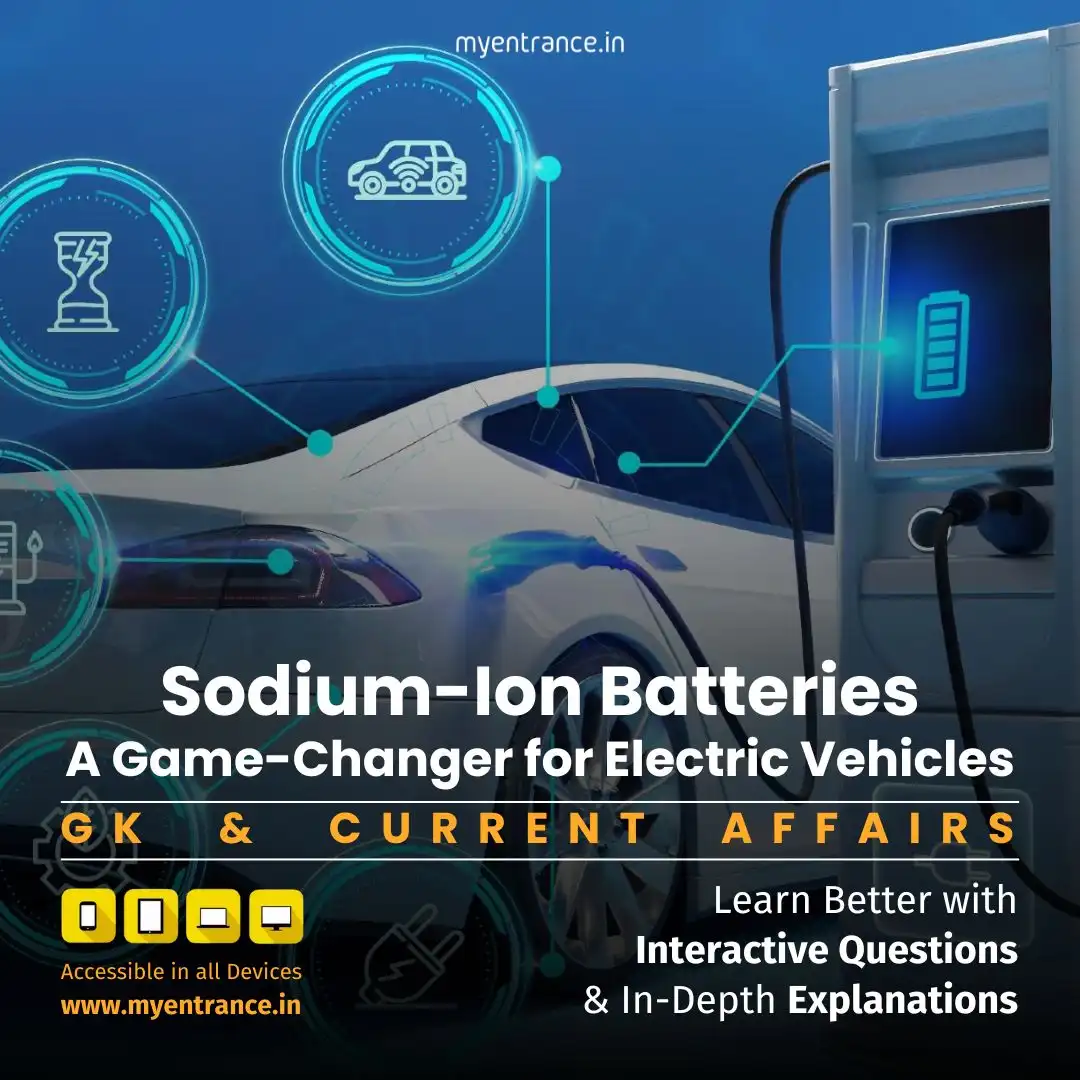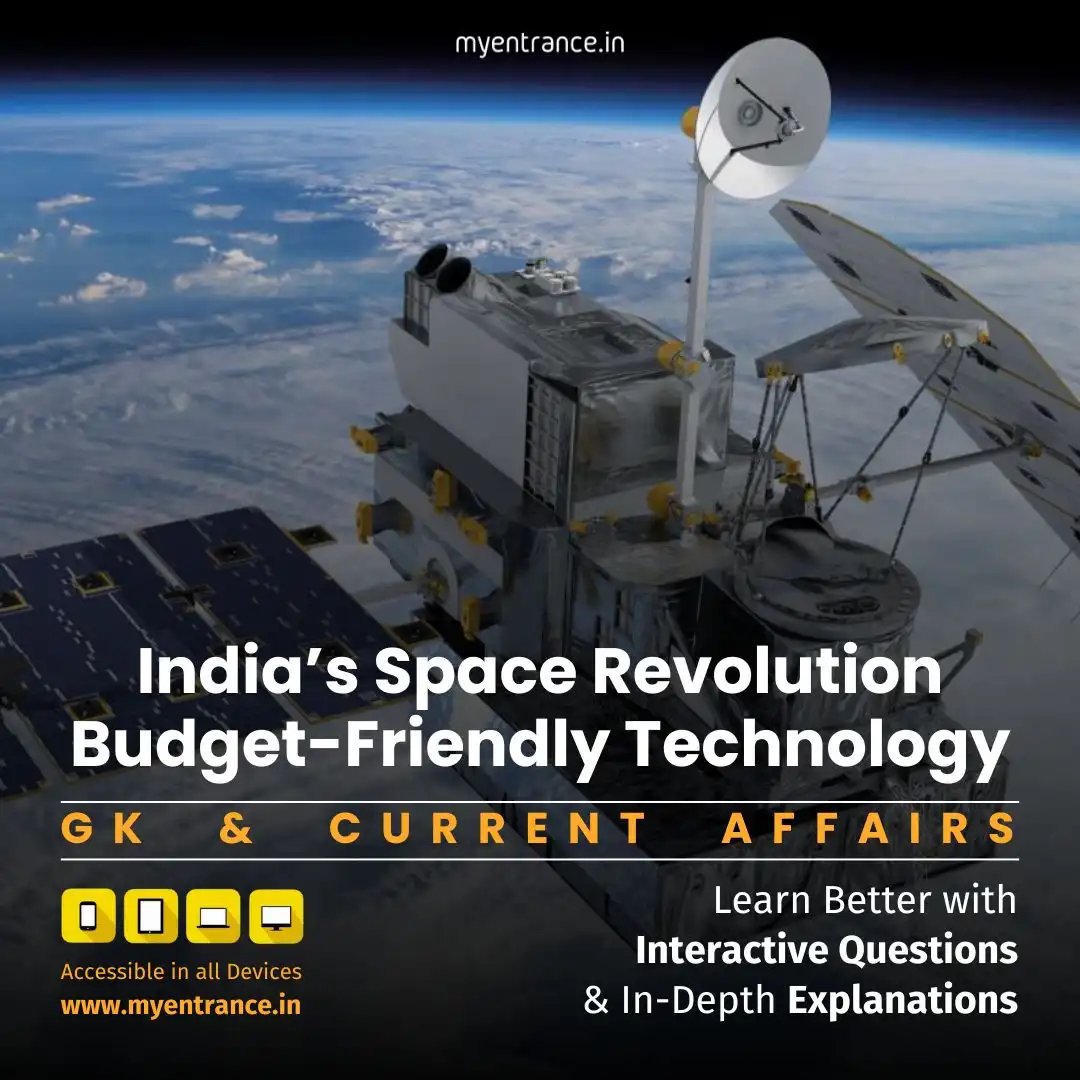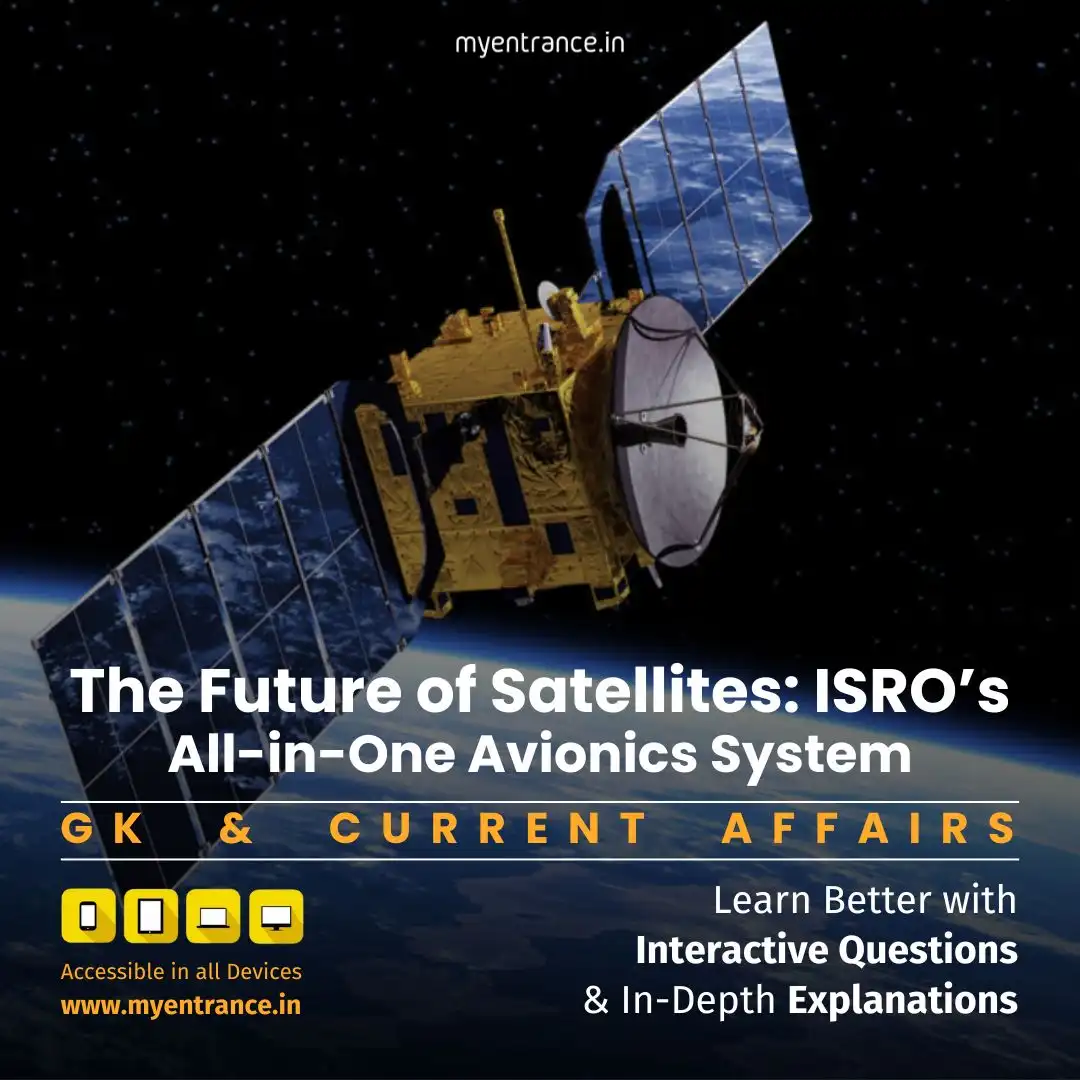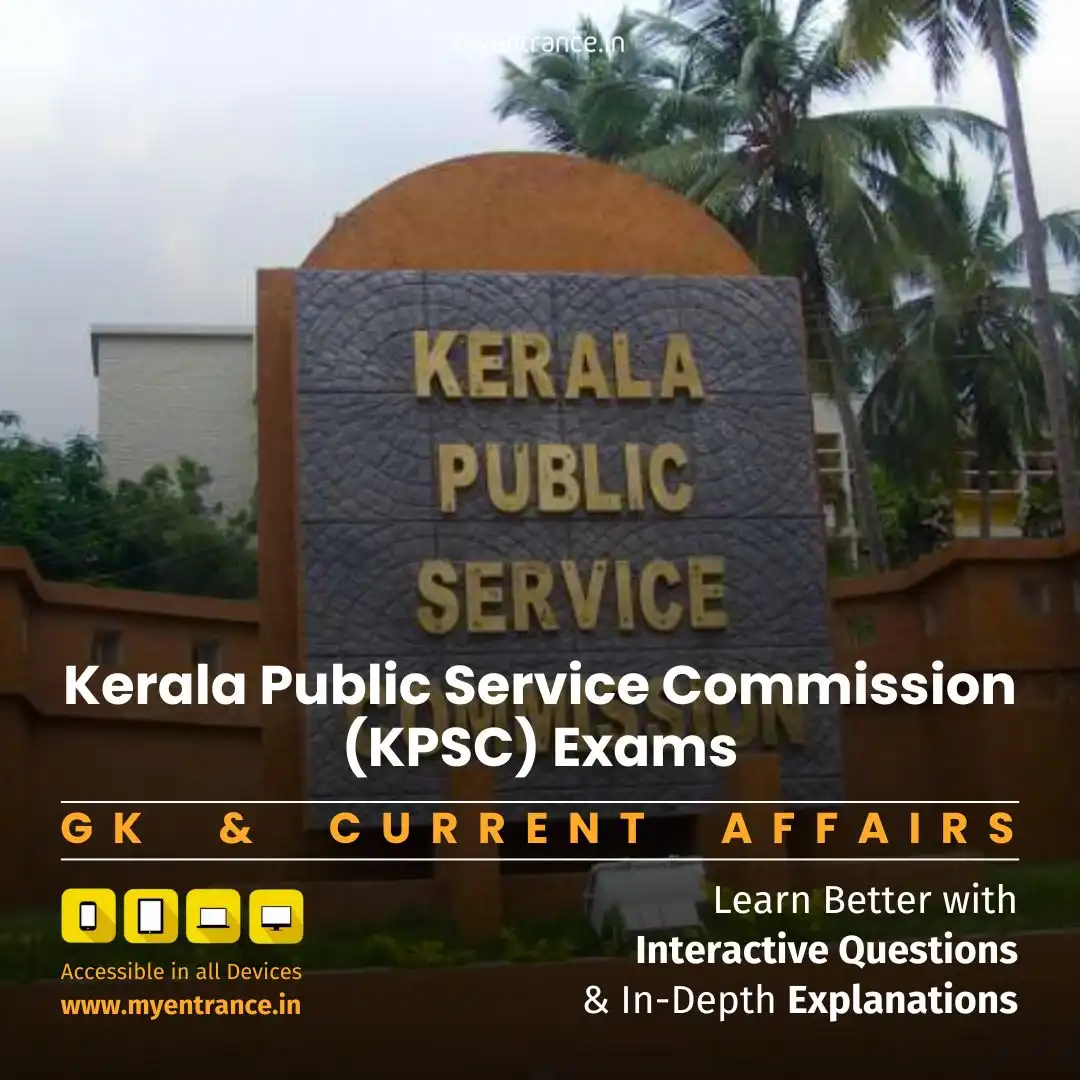Select Language
Sodium-Ion Batteries: Cheaper, Greener, and Crucial: Current Affairs for Competitive Exams
The shift from lithium-ion to sodium-ion batteries could make electric vehicles (EVs) more affordable and eco-friendly. For students preparing for SSC, PSC, NIFT, and other competitive exams, staying updated on such innovations is essential for scoring well in science and current affairs sections.

Why This Matters for Exams
General Knowledge (GK): Questions on emerging technologies frequently appear in SSC, PSC, and banking exams.
Science & Environment: Competitive exams like UPSC, NIFT, and NID often test knowledge of sustainable energy solutions.
Current Affairs: Government exams (including state PSCs) may include questions on battery technology advancements.
Economic Impact: Cost-effective innovations like sodium-ion batteries can be asked in economics-related exams.
Sodium-Ion Batteries: A Cheaper, Greener Alternative for EVs
The Problem with Lithium-Ion Batteries
Lithium-ion batteries have been the standard for EVs due to their efficiency, but they come with challenges:
High Cost: Lithium and cobalt, key components, are expensive and require extensive mining.
Environmental Concerns: Mining these metals leads to ecological damage.
Limited Supply: Lithium reserves are concentrated in a few countries, raising energy security issues.
Advantages of Sodium-Ion Batteries
Sodium-ion batteries (SIBs) offer a promising solution with several benefits:
Abundant & Cheap: Sodium is widely available, reducing dependency on rare metals.
Eco-Friendly: No need for lithium or cobalt, making mining less harmful.
Lower Production Cost: Estimated to be 30% cheaper than lithium-ion batteries.
Better Cold Weather Performance: Works efficiently even at -20°C, unlike lithium batteries.
Aluminum Electrodes: Replacing copper with aluminum cuts costs further.
Real-World Applications
China Leading the Way: Companies like JAC Motors and CATL are developing sodium-ion-powered EVs.
First Sodium-Ion EV: The JMEV EV3 (Youth Edition) offers 156 miles per charge with excellent cold-weather performance.
Beyond Cars: These batteries can power electric bikes, micro-cars, and energy storage systems.
Sample Questions & Answers for Competitive Exams
1. What is the primary advantage of sodium-ion batteries over lithium-ion batteries?
Answer: Sodium-ion batteries are cheaper and use more abundant materials like sodium instead of lithium and cobalt.
2. Why are sodium-ion batteries considered more environmentally friendly?
Answer: They eliminate the need for lithium and cobalt mining, reducing ecological damage.
3. Which country is leading in sodium-ion battery development for EVs?
Answer: China, with companies like JAC Motors and CATL pioneering this technology.
4. How much cheaper are sodium-ion batteries compared to lithium-ion batteries?
Answer: Approximately 30% cheaper due to lower material and production costs.
5. What is the name of the world’s first sodium-ion battery-powered electric car?
Answer: JMEV EV3 (Youth Edition), developed by JAC Motors.
Most Predicted Questions
Comprehensive study materials, Expert-guided tips & tricks, Mock tests and instant results.
Start your SSC, NIFT, NID, FDDI, PSC journey today with MyEntrance, your ultimate online coaching platform.















